Up Next

The 2022 season brings major change for Formula 1 and that is becoming a familiar feeling in the Liberty Media era.
However confident you are in F1’s direction under its American ownership, you cannot deny that the championship has embraced change in the last few years. It hasn’t been universally positive but it has strengthened certain foundations and brought benefits.
F1 is rebounding from the massive financial hit it took during the peak of the coronavirus pandemic and preparing to enter its new era of technical regulations, married to an evolution of significant changes already introduced in 2021.
This year also marks the second of the budget cap and the ‘handicap system’ of aerodynamic testing restrictions, both of which get stricter, and if the current impasse gets resolved it should also see a rise in Saturday sprint races as part of a record 23-race calendar.
In short, the 2022 season is the first that will tie together all the major factors of the Liberty Media F1 vision – which is still evolving longer-term.
THE US FOCUS
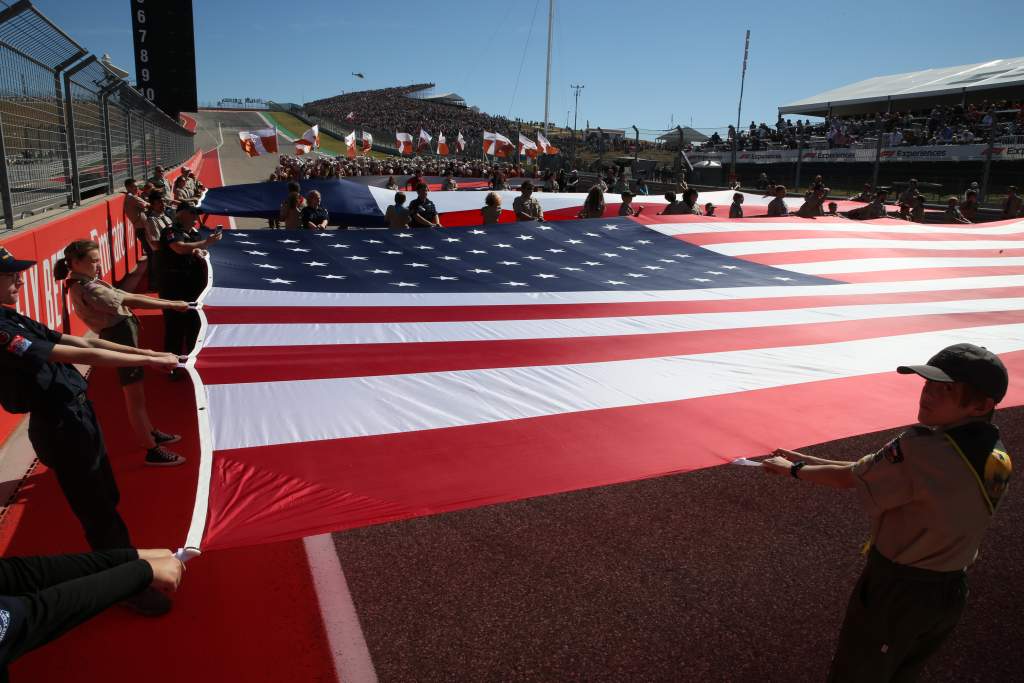
The schedule is an immediate giveaway. It’s always an F1 priority and it’s no surprise that it’s an area where Liberty’s influence has been felt the most. The record 22-race 2021 season and a 23-race calendar planned for 2022 speak to that.
F1 president and CEO Stefano Domenicali says there is so much interest from would-be promoters that F1 could “easily” get over 30 races. There is a 25-race limit enshrined in the regulations (for now) and he says that must be respected.
That means a rotation of races – alternating a spot on the calendar – is almost certainly necessary. The current 23-race schedule doesn’t include China or a mooted new event in Las Vegas. Imola is still on the calendar and claimed last year it had the funds for a multi-year agreement. Other races like Turkey remain keen to be involved, and there is no German Grand Prix.
While various territories can lay claim to being important markets for F1, Liberty’s US focus is clear. With the addition of Miami, F1 is up to two races in the United States and Las Vegas – possibly as early as 2023 – would make it a third.
Though the evidence has only ever been anecdotal, the general belief is that F1’s surge in interest stateside is because the US has been the biggest market to benefit from the Netflix docuseries Drive to Survive.
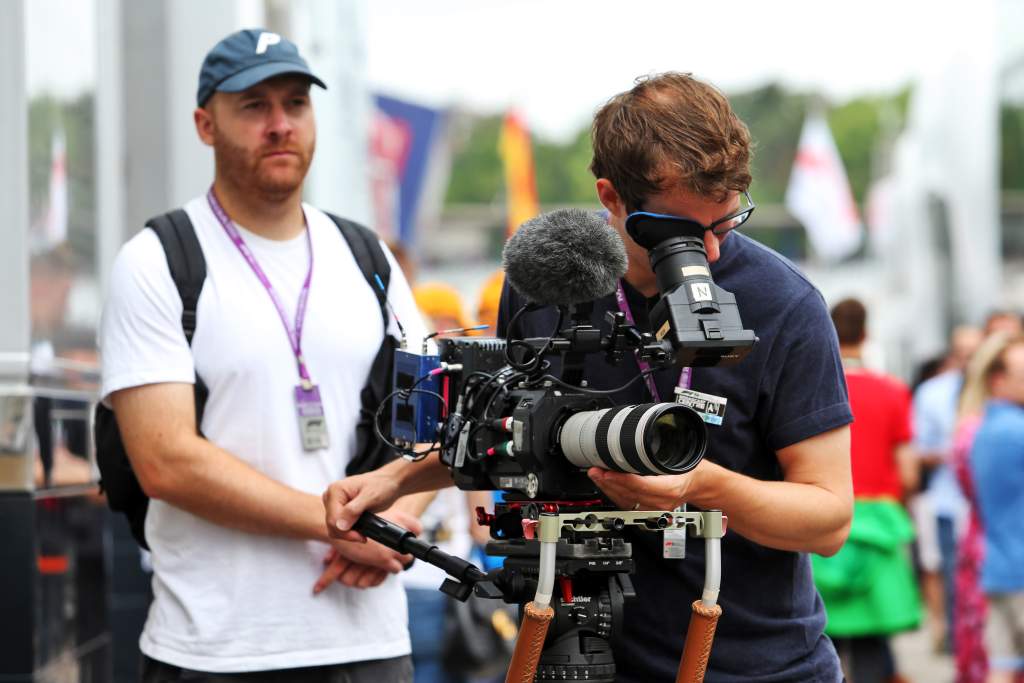
“Two years ago, pre-pandemic, everyone was questioning if one grand prix there was OK, and do we really need to stay in the US?” Domenicali says.
“Now we are coming after the pandemic in Austin, with the boom of 400,000 people [attending] and the enthusiasm in the American media and America fans. That has been incredible. We’re going to have a second grand prix [Miami] with an already sold-out event. And we’re already thinking for another one.
“The answer is for sure America can host, with no problem, three grands prix.
“It’s the major market where we saw an incredible change of appetite for Formula 1. And above all, a change of the average age of the people involved, thanks to the new way of communicating with them, thanks to Netflix and to social media.
“What is surprising is the magnitude of the change. I was expecting to have growth but not with such speed.”
SPORTING CREDENTIALS
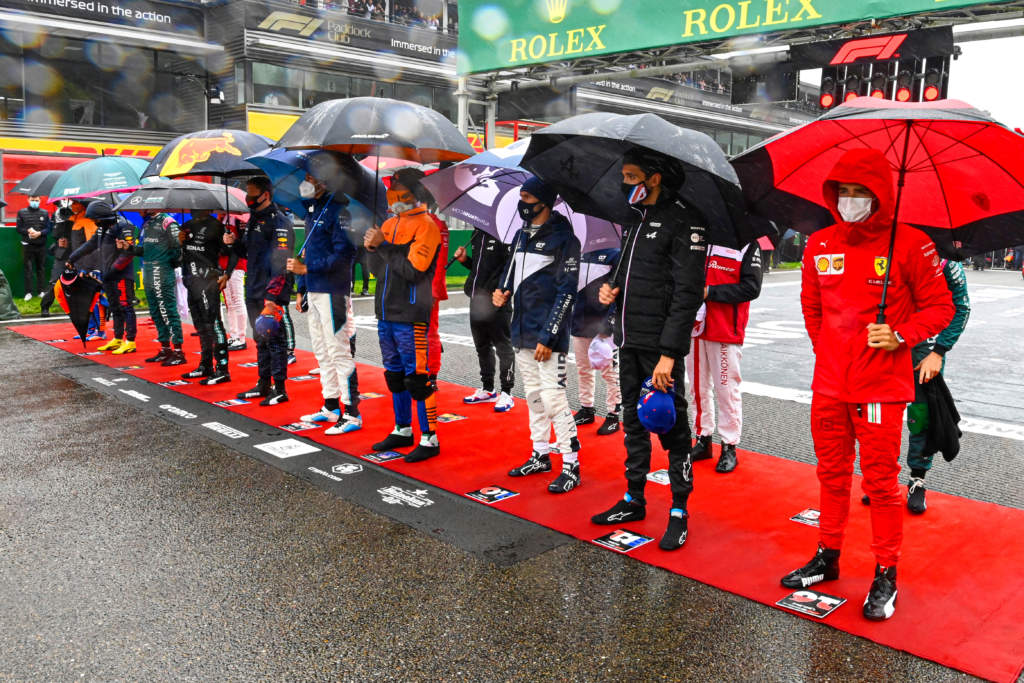
The behind-the-scenes nature of Drive to Survive and how it taps into the human side of F1 – even if it is embellished at times – has been key to its success. The drivers are naturally a part of that. In fact, Liberty has long held up the drivers as F1’s most important asset.
It’s not just Netflix that showcases this. Look at 2021 world champion Max Verstappen, who actively shuns the docuseries because of its forced (and sometimes entirely fictionalised) narratives. His popularity in his native Netherlands is so fierce that an entire grand prix has been revived – and last year Zandvoort was described as “like being in a nightclub for four days”.
The drivers are F1’s greatest merit and attraction as a ‘sport’. Making sure that the grid is populated by top talents is also one of the best defences against F1 going too far down the entertainment route.
The controversial Abu Dhabi season finale last year is the headline example of something F1 has struggled to balance in the Liberty era: the sport and the spectacle.
To be the pinnacle of motorsport and to offer the competition that an elite sport has to provide, F1 needs the best drivers.
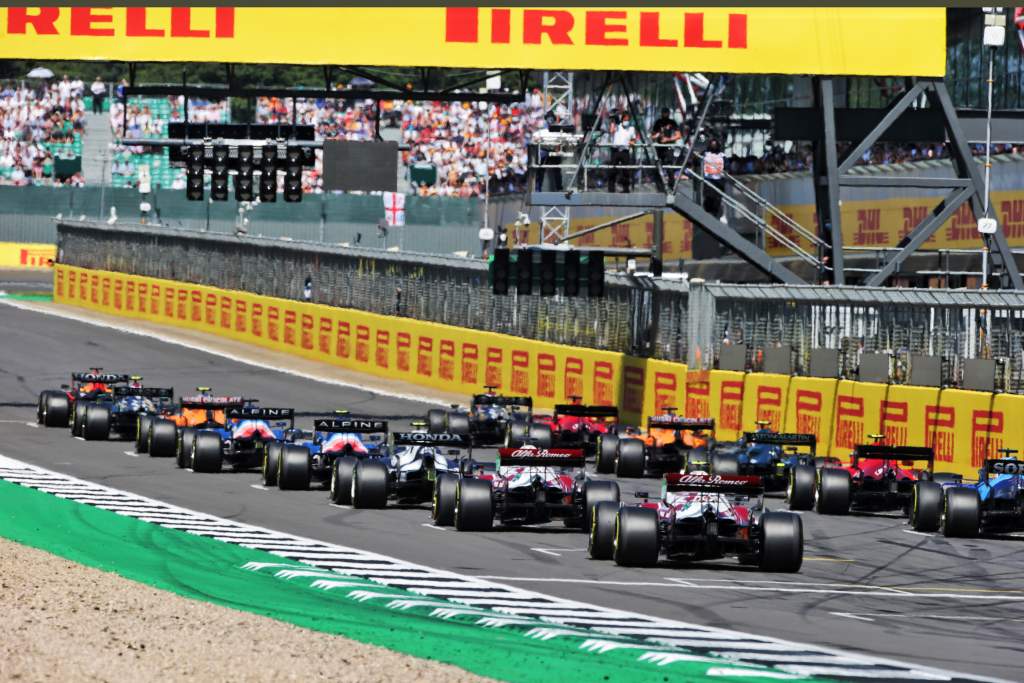
“The drivers are at the center of our project, because they are aspirational, they attract fans,” says Domenicali. “Everyone wants to see them fight.
“We are in such an incredible position where we have so many good drivers that, for the medium term, the drivers are not the problem. Because they are all very good, very talented, very connected with the world. That’s the value.
“We have a big, big interest in developing the growth of young, talented drivers. That’s why we also see a great future for Formula 3 and Formula 2, that is part of the pyramid that we control.
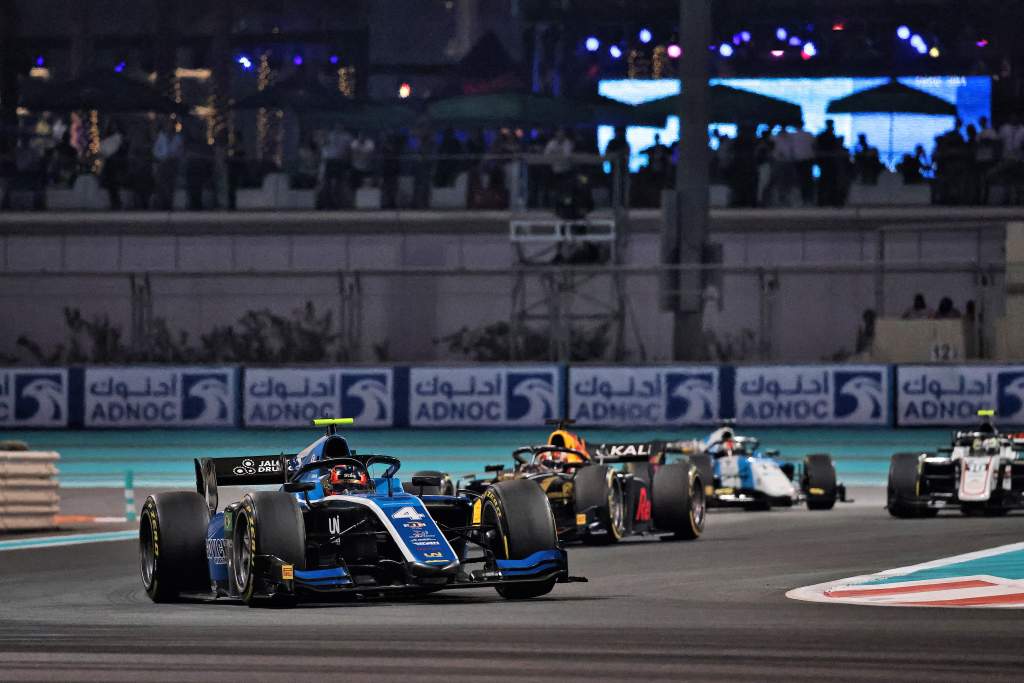
“This is really the most important element that will allow us to get bigger.”
F1 sees the drivers as modern-day gladiators. But just like that kind of entertainment would have been of limited value if it was one-sided, weak competition limits what F1 drivers can provide.
The 2022 rules will not be an instant fix to F1’s racing ills. The cars will still be tricky to follow and to overtake in. Some cars will still be faster than others, maybe even a lot faster.
What F1 hopes the governing body, the FIA, will achieve in the coming years is to find the right balance in the regulations that makes F1 a technological challenge and allows the best teams to thrive, but without a skewed landscape that has a huge disparity between their resources and by extension their capabilities.
THE NEXT BIG RULE CHANGE
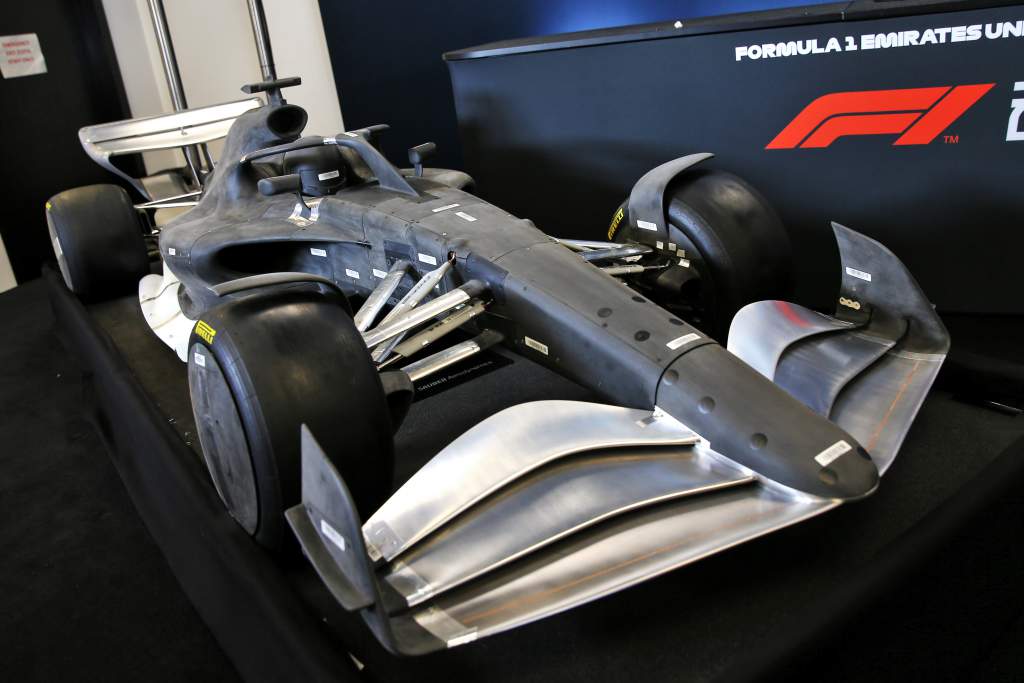
Even further ahead, the regulation set that will be a key factor in this is the new power unit that is being devised for 2026 – and of which F1 still hasn’t been able to finalise specific details. Publicly, at least, all that has been confirmed are intentions and broad outlines.
The 1.6-litre engines will remain but without the complex MGU-H component from the hybrid system which will have an uprated MGU-K (to 350kW, around 469bhp) and an undefined power unit cost cap.
These details are part of the plan to achieve four key objectives outlined by the FIA including significant cost reduction and making it possible for newcomers to join “at a competitive level”, a “power environmental message” based on switching to “100% sustainable fuel” as well as more electrical power, and a desire to “protect the show” with a “powerful and high-revving power unit, car performance, sound, drivers’ ability to race, and avoiding excessive differentiation”.
While parts of the automotive world work out how to move on from the combustion engine, F1 is adamant on keeping it in a hybrid form.
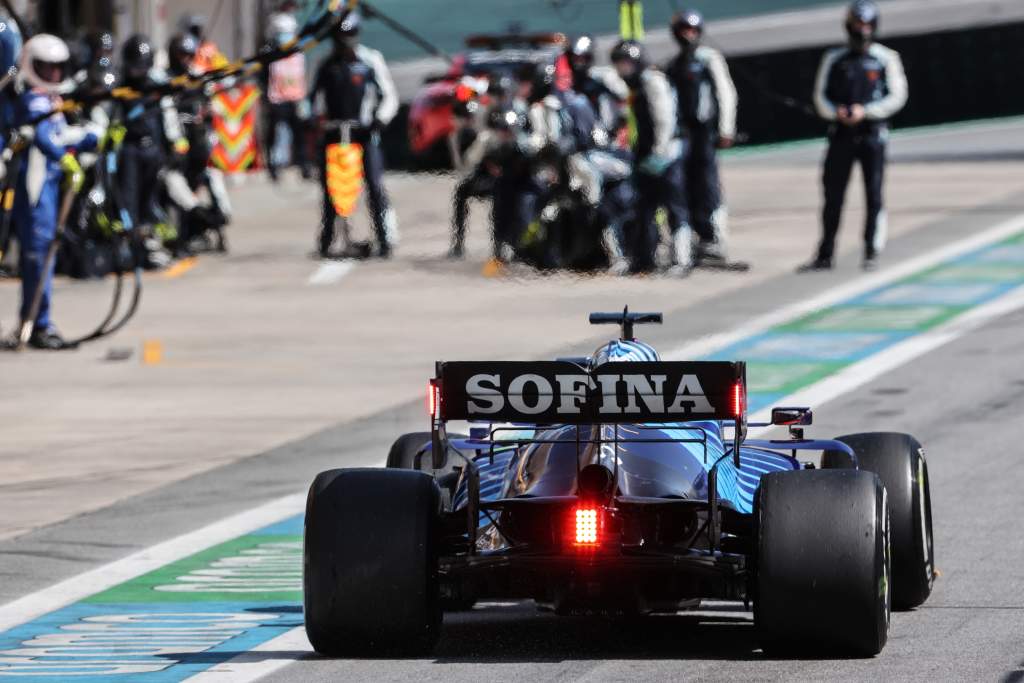
“We are a motorsport, and we need to consider we’re here to entertain fans,” says Domenicali.
“It’s a business that allows people to get together to enjoy the spectacle of racing with the right technology. And technology has to be at the surface of this.
“We believe that being integrated in the development of this sustainable fuel will give a real answer that will be much more concrete and ready for the real situation of the world.
“[Electrification] is part of the equation. But we don’t want to say that the internal combustion engine will be out of the equation because through sustainable fuels, we’re going to prove that F1 will have an incredible future.”
A glimpse of the fuel that will be part of that could be seen in Formula 2 and Formula 3 next year. F1 partner Aramco is said to be developing a fuel that will effectively be a prototype for F1’s future 100% ‘sustainable’ fuel ambitions.
WHY CHANGE IS POSSIBLE NOW
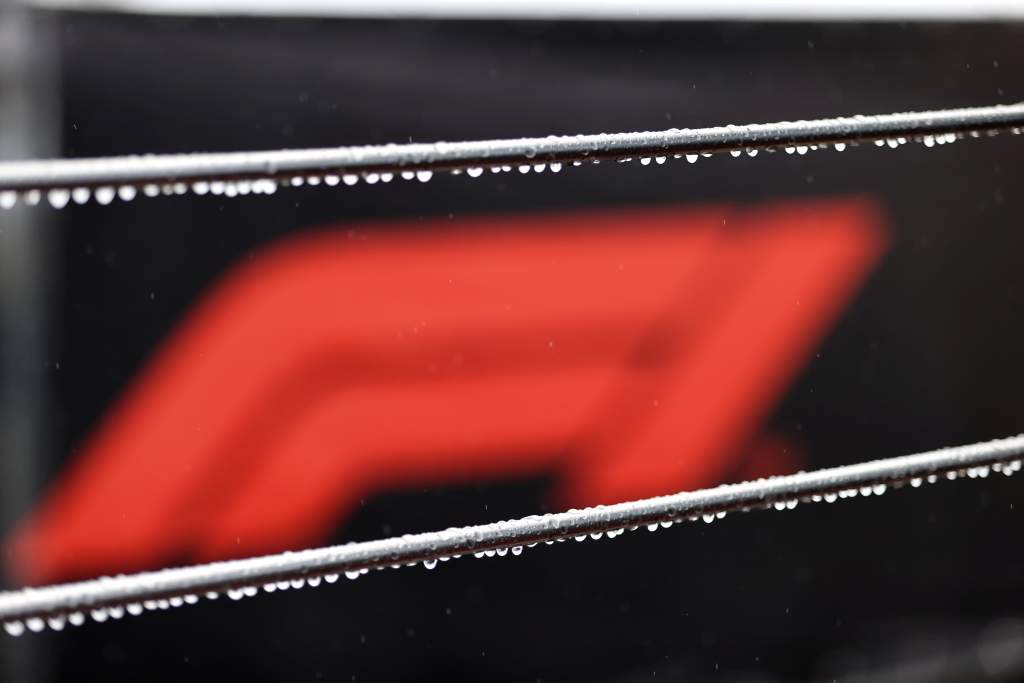
The V6 turbo-hybrid era is one of many things Liberty Media inherited when it took charge ahead of the 2017 season but there was a symbolic moment last year that underlined why it’s different to the Bernie Ecclestone-led CVC era.
That was when the ‘world’s most efficient engine’ branding appeared for the first time in Brazil. It always seemed bizarre that in 2014 prominent F1 personnel bashed the championship’s new hybrid product – something that was said to be crucial for its future – and there was little-to-no effort made to champion it.
Even though the ambitions and intentions are not really anything new, F1’s actions are. Budget cap proposals have come and gone. Format changes to liven up the show have been increasingly common in the 21st century. Finding a way to level the playing field has been F1’s holy grail for some time and this is Liberty’s main work-in-progress.
F1’s ambition is to be a championship that the drivers make a key difference in, with healthy teams that have similar potential (because certain conditions are set) but the capacity to succeed or fail based on how well they operate – well, obviously that’s what it wants to be. What matters is that F1 is actually starting to make it a reality.
“Today, we have all the right elements and approach to make that change,” says Domenicali.
“I don’t want to discuss the reasons of the past, because there is always a reason if you freeze the situation in a certain moment. That’s just what it was.
“We have this understanding that if we don’t take these kinds of opportunities in our thinking of a different Formula 1, it would be a mistake. I have the duty to make sure that is not happening.”
This process has long since begun and will continue for some time. Arguably its recent trajectory has been accelerated by the COVID-19 pandemic that left the championship and its teams vulnerable, and more co-dependent.
One of the biggest signs of F1’s improvements will be in the health of its teams. Talk of billion-dollar valuations is the clearest indication of how much stronger F1’s constituent parts have become.
It’s a far cry from F1 being asked to help find ways to keep teams alive with early payments and loans, or greater slices of revenue.
A FORK IN THE ROAD
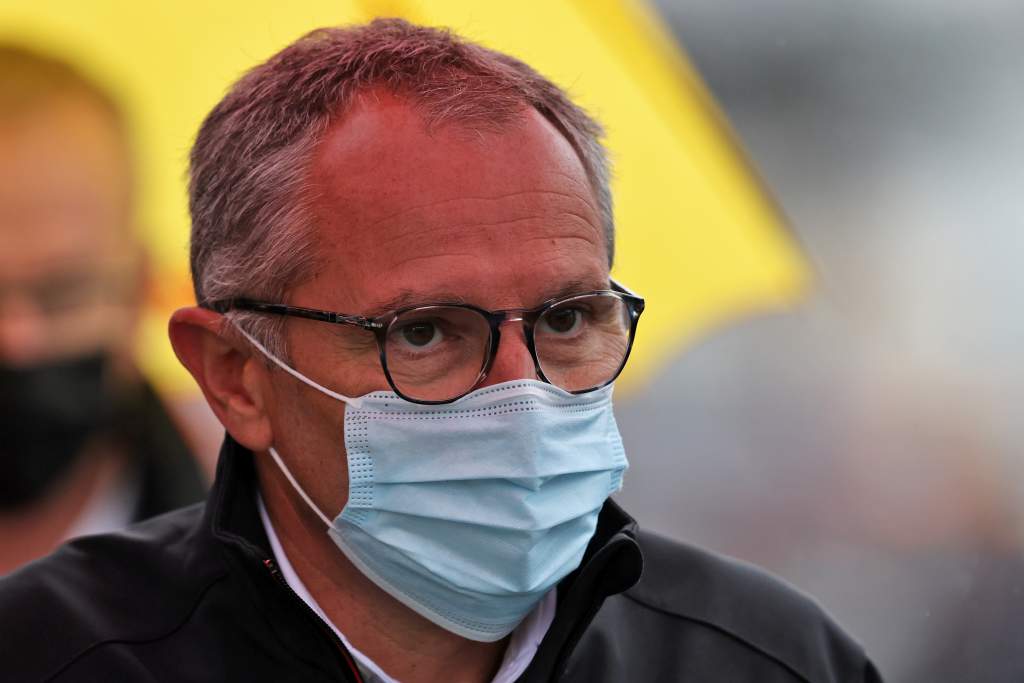
Domenicali believes “we are living in a great moment for Formula 1” and his rationale included the sporting spectacle on-track, stakeholder interest, audience size and engagement, and the technological blueprint for the future.
In broad terms, F1 looks to be trending upwards in these areas. As a sport and a business, F1 is healthier than it was when Liberty Media took over. But it isn’t perfect.
F1’s entertainment-driven ethos has escalated the pageantry and some perceive the pursuit of new fans to have come at the cost of the old ones.
The sprint races seem to symbolise this, and the Abu Dhabi finale will live in infamy. But we shouldn’t forget the impact the Belgian Grand Prix had on ticketholders, the fans who had forked out for the privilege of miserable weather, two support races and three laps behind a safety car – and after a long wait F1 presented an offer designed to make amends but fell well short of what many considered the minimum acceptable.
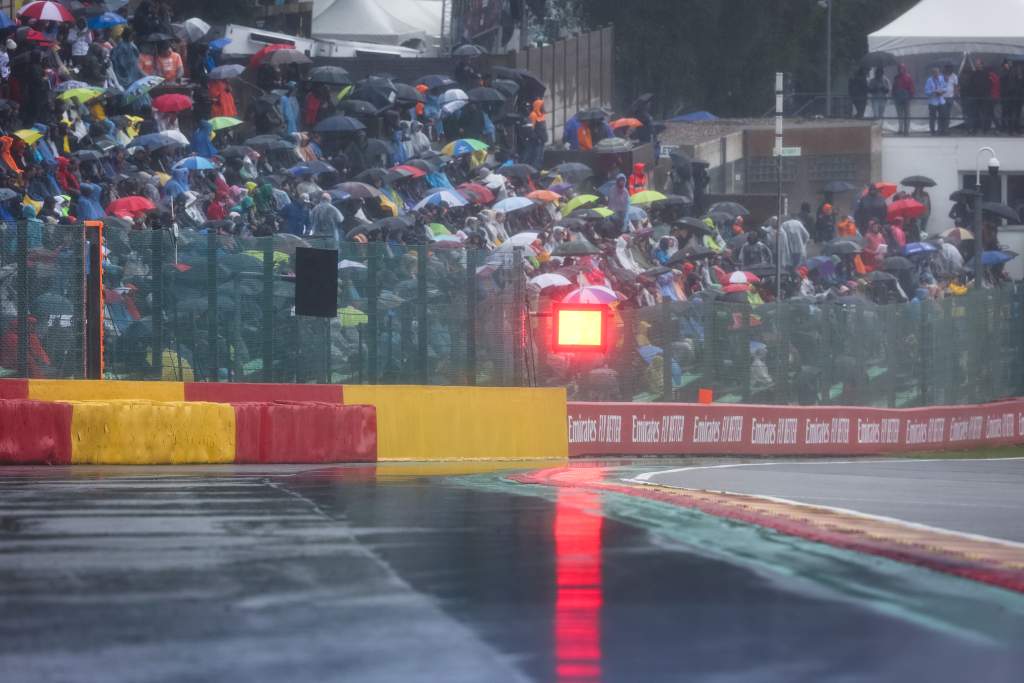
These are not factors that should be underestimated. They are areas of necessary improvement.
The championship’s new era represents a lot of what it has got right so far and the compromises asked of various stakeholders.
It’s also a fork in the road. The choice of direction will determine not just F1’s success, but what kind of championship it will be.







